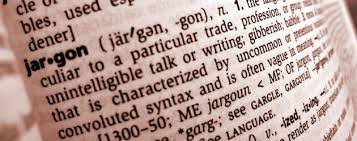
We often use the terms ‘within normal limits’ and ‘delayed’, but what do these mean?
As Speech Pathologists we rely on ‘norms’, or, averages. Using assessments and observations, we can determine where your child’s skills fit with other children their age. If their skills are about the same as most children their age, we say their skills are “age appropriate”, or, “within normal limits”. If their skills are below most children their age, we say their skills are “delayed” and we would recommend therapy to build up your child’s skills in these difficult areas.
Language is the broad term we use to describe the way we put words together to communicate and the way we understand language used by others. Language can be broken down in to a number of different areas, including receptive, expressive and pragmatic.

Receptive Language is our understanding of language and our ability to understand others.
Receptive language delays might look like:
Expressive Language is our ability to use language to share our ideas and express ourselves completely to others.
Expressive language delays might look like:
For more information on language development click here.
Pragmatic Language is our ability to use language in social situations. It includes what we say, how we say it, what our bodies look and feel like, and whether what we say is appropriate for a given situation.
Pragmatic language delays might look like:
For more information on pragmatic language click here.
Phonological Awareness (PA) is our ability to manipulate sounds in words, and are important pre-literacy skills.

Phonological awareness delays might look like:
Speech is the way we put sounds together to make words.

Articulation is our ability to coordinate movements of our mouth, tongue and lips to make sounds. These are difficulties making sounds in isolation.
Articulation delays might look like:
For more information on when children should be using different sounds click here.
Phonology is how sounds are used in words and the patterns that these sounds follow. These are difficulties using sounds in words, but able to make the sound on its own.
Phonological delays might look like:
For more information on the different phonological processes click here and for information about when these processes should be eliminated click here.
For more information on what your child’s speech and language skills should look like between 1 and 5, have a look at our milestones handouts here.
Speech Pathology Australia have also developed some fabulous (and thorough) fact sheets for any questions you might have about Speech Pathology.